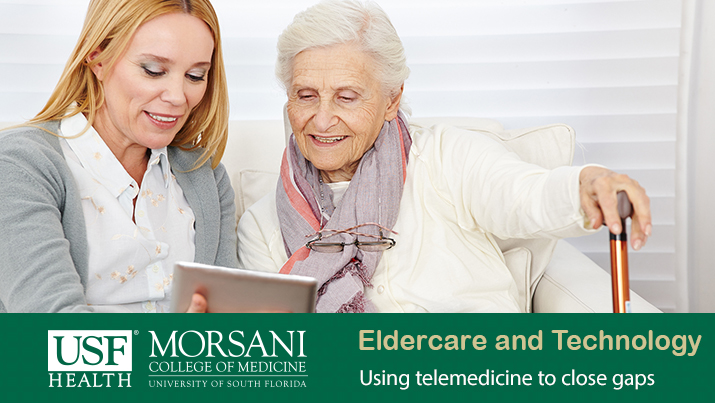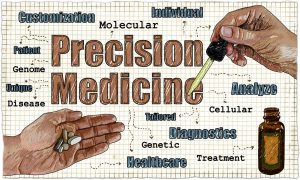As America’s population ages and the cost of providing long-term care rises, medical professionals are turning to new technology to help them deliver effective care while enabling the elderly to remain in their homes longer. Telehealth solutions are providing the basis for a care revolution that marries sound medical practices with technology.
Although relatively new, the telehealth movement seeks to use technology such as televisions, computers and WiFi-connected devices to enable doctors and other medical professionals to monitor patient health in real time from remote locations. The tools of this developing trade differ, but the main goals are essentially the same regardless of application: better management of patient care while enabling patients to remain independent longer.
Technology in Use
Medical practitioners are using a variety of tools to help them manage patient care as telehealth practices become more accepted. Some of the tools in use include:
- Televisions – Independa, a company that develops telehealth solutions, has created television-based programs that enable the elderly to stay connected with healthcare professionals through programs designed on a per-person basis. These programs, for example, might remind patients to take their medications or refill them.
- WiFi – The MobileCare Monitor is a sports watch-like device that enables caregivers to keep track of patients remotely. It can sense and report falls to caregivers via a text message sent to smartphones.
- TEKI – This system in use in Spain monitors a variety of patient-care aspects while providing a constant relay of data to health care providers. The system monitors mobility, heart rate and respiration, among other important measures.
- Other technologies – Tools similar to TEKI are being used in America and abroad to monitor a variety of vital statistics remotely, including blood pressure and blood glucose levels. Telehealth isn’t just for the elderly either. Some physicians are using it to monitor pregnancies and other conditions in younger patients that require constant input of medical data.
Cost Savings Add Up
Telehealth advancements have the potential to deliver two very strong benefits to elderly patients and medical professionals alike:
- Enhanced qualify of life – An overwhelming percentage of elderly patients would prefer to remain in their own homes and communities for as long as possible. By providing a way to continuously monitor patient health, telehealth solutions can make this happen, Forbes magazine points out.
- Cost savings – The cost of long-term elderly care is prohibitive to many seniors. Even those who require constant care find themselves unable to afford it. In California alone, Forbes says nearly two thirds of the elderly population cannot afford three months of care in a nursing home. Some 40% are unable to afford even a single month.
Lutheran SeniorLife’s LIFE programs in Pennsylvania are using the MobileCare Monitor to keep track of patients in home-based settings. The potential cost savings versus nursing home care is an estimated $4,000 a month for this organization and its patients alone, CNBC reported.
Informatics in Action
The telehealth movement is an example of health informatics in action. This specialty IT field has a focus on both medicine and computer science that enables its practitioners to gain a keen understanding of the role technology plays in patient care.
Informatics professionals are called upon to select and/or develop and manage technology that enhances an organization’s ability to provide patient care. Informatics specialists are also in demand to train patients and health care professionals in the use of care-advancing remote technology.
As telehealth solutions continue to advance, the potential to provide precise care remotely is growing. For elderly who wish to remain independent, these solutions can save them money while enhancing their quality of life.




